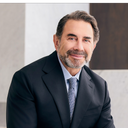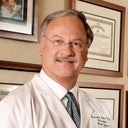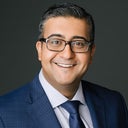What kind of corrections/procedures can be done after rhinoplasty and how soon after the the first surgery? Can bones be re-adjusted, cartilage added, etc.? What can a surgeon correct and do in the office vs. operating room without having to actually do full revision and after first rhinoplasty? At what point do you feel that a revision is necessary if it’s your own client/work that didn't turn out as well as you expect it?
Answers (10)
From board-certified doctors and trusted medical professionals
Dr. Kenneth Hughes, MD

Dr. Kenneth Hughes, MD
Board Certified Plastic Surgeon
Answer
Dr. Paul S. Nassif, MD

Dr. Paul S. Nassif, MD
Board Certified Facial Plastic Surgeon
Answer
Dr. Richard H. Tholen, MD, FACS

Dr. Richard H. Tholen, MD, FACS
Board Certified Plastic Surgeon
Answer
Dr. Asif Pirani, MD, FRCS(C)

Dr. Asif Pirani, MD, FRCS(C)
Certified Plastic Surgeon
Answer
Dr. Ahmed Abdullah, MD, FACS
Dr. Ahmed Abdullah, MD, FACS
Board Certified Plastic Surgeon
Answer
Dr. Robert Kotler, MD, FACS
Dr. Robert Kotler, MD, FACS
Board Certified Otolaryngologist
Answer
Dr. Steven Wallach, MD
Dr. Steven Wallach, MD
Board Certified Plastic Surgeon
Answer
Dr. William B. Rosenblatt, MD
Dr. William B. Rosenblatt, MD
Board Certified Plastic Surgeon
Answer
Dr. George J. Beraka, MD (retired)
Dr. George J. Beraka, MD (retired)
Board Certified Plastic Surgeon
Answer
Dr. Francis R. Palmer, III, MD (retired)
Dr. Francis R. Palmer, III, MD (retired)
Board Certified Facial Plastic Surgeon
Answer
More Rhinoplasty Questions
See all Rhinoplasty Q&AWE SEND PRETTY
EMAILS
What’s trending? Who’s turning heads? Which TikTok myths need busting? We’ve got you. No fluff, no gatekeeping—just real talk. Get our free, unfiltered newsletter.